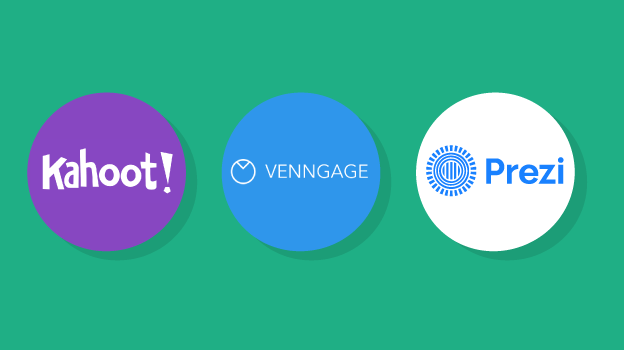
How to build your global classroom in 4 steps
Globalization has an impact on various aspects of our lives. We live in an age where global issues that affect us all are pushing us to collaborate and to understand different perspectives.
Shifting the paradigm to include a global classroom curriculum requires more than theory; it’s actually all about practice. Students that take part in a global virtual team are more likely to develop their teamwork skills, reduce stereotyping and obtain better learning outcomes than their peers who don’t participate in a global project.
Since exchanges are great and should be encouraged in schools, in reality, there could be so much more to gain from online collaboration with another classroom. Collaborating online allows your students to connect with their peers from all around the world...and that is just the beginning!
Professor Jennifer V. Lock from the University of Calgary has developed a four-item framework to help teachers design authentic collaborative learning. Here are some ideas, based on her research:
-
Nature of inquiry
Teachers can use the inquiry-based learning approach as a starting point for building the global collaboration project. The best topics arise from asking the right questions about a “real life” significance, something that students everywhere can make sense of in their own lives, and that is tied to their communities.
-
Intentional integration of ICT/edtech
Teachers have to assess the resources and capacities of both schools before starting a project. For example, you can use your school’s learning management system, which is a familiar tool for teachers around the world. For asynchronous collaboration, you can use groups and forums, and for synchronous learning, classrooms can engage in discussions through video conferencing.
-
Design and facilitation for collaboration
Learning together with another classroom implies a high level of responsibility and interdependence. Serious consideration should be given to practical matters: access to tech, time zone difference, schedules, how to meet the common learning objectives or how to assess the performance of each classroom.
-
Intentionality of interaction
All activities should be designed with clear learning objectives in mind and there needs to be a structure in place that requires students to collaborate as well as the opportunities to do so. Successful interaction allows students to learn from each other, participate in small and large group discussions, use a variety of media to work on a task, and help each other accomplish their learning goals.
Visit our Blog for insightful posts on edtech for K-12 and Higher Ed.







